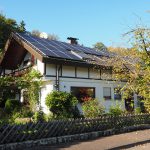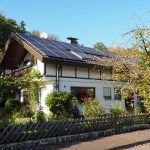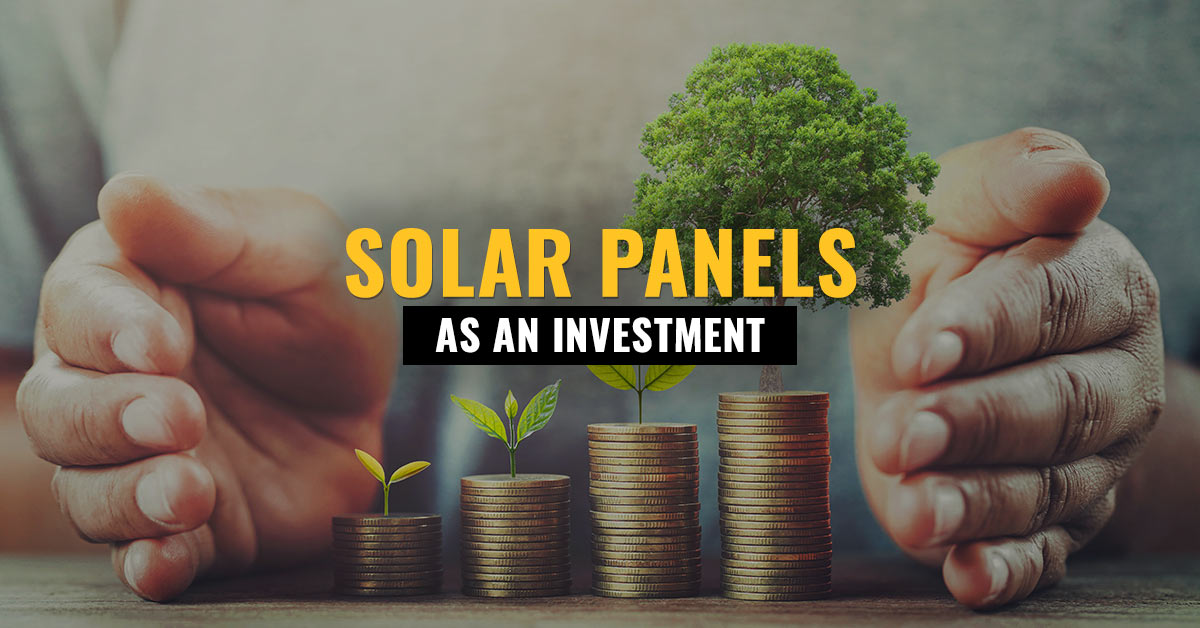
Solar power, a renewable power source, may support the impending energy crisis. In India, the Soura (Sun) project by Kerala State Electricity Board aims at installing solar panels for around 75,000 homes.
The panels can contribute to around 350 megawatts (MW) of power to the state’s grid. Moreover, the Soura II brings in benefits of subsidy that will reach a maximum number of people, according to A. Nasarudeen, nodal Soura project leader of the KSEB.
Though some residents have been unsure about the sufficiency of electricity generated, costs, and technical glitches, a resident reported a success story of hefty electricity bills of nearly 15,000 rupees (S$266) every two months dropping close to zero. With such success stories, Kerala hopes to convince more residents to make the switch.
The new Soura project will help the state cover about 10% of its electricity needs through solar, according to KSEB. In this context, A. Nasarudeen stated that they had streamlined the project, ensuring that ordinary people will benefit. He added that their homes would be mini-solar power stations, where they could be self-reliant in their electricity needs. The project is part of the state’s plan to generate 1,000 MW, which is around a quarter of its electricity needs, from the sun by 2022.
KSEB figures show that about 30% of the electricity Kerala uses is produced in the state, with the rest brought in from other states or the national grid at a cost of about 80 billion rupees per year.
T. Ajith Kumar, an energy expert at the Integrated Rural Technology Centre, a research and development institution in Kerala, stated that the state’s focus on solar made environmental and economic sense. He added that for reducing carbon emissions, the state had no other option other than solar. He reiterated that they can’t destroy the forest to build new hydroelectric power stations. Though thermal power stations would generate more emissions, solar energy is pollution-free.
Furthermore, even after overcoming the problem of affordability, the project still faces other challenges, according to an Ambalamukku resident who had solar panels installed under the earlier rooftop scheme. The challenges included a long time to get approval from the KSEB and visiting its offices many times. However, Mr. Nasarudeen stated that the KSEB was confident it could tackle such issues.
He noted that by involving more installation companies, the government could bring the wait time for residents down to around seven days and have subsidies paid as soon as installation starts.





